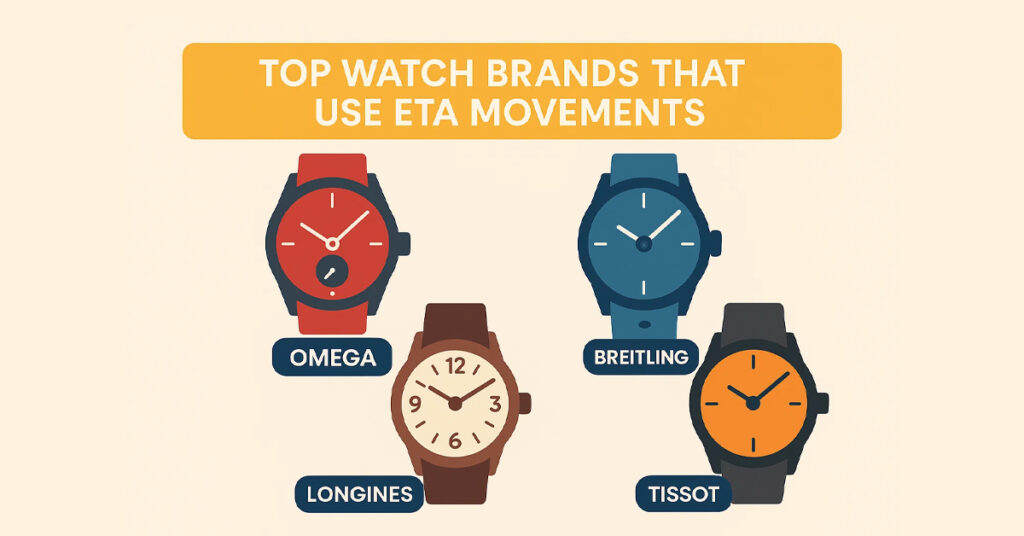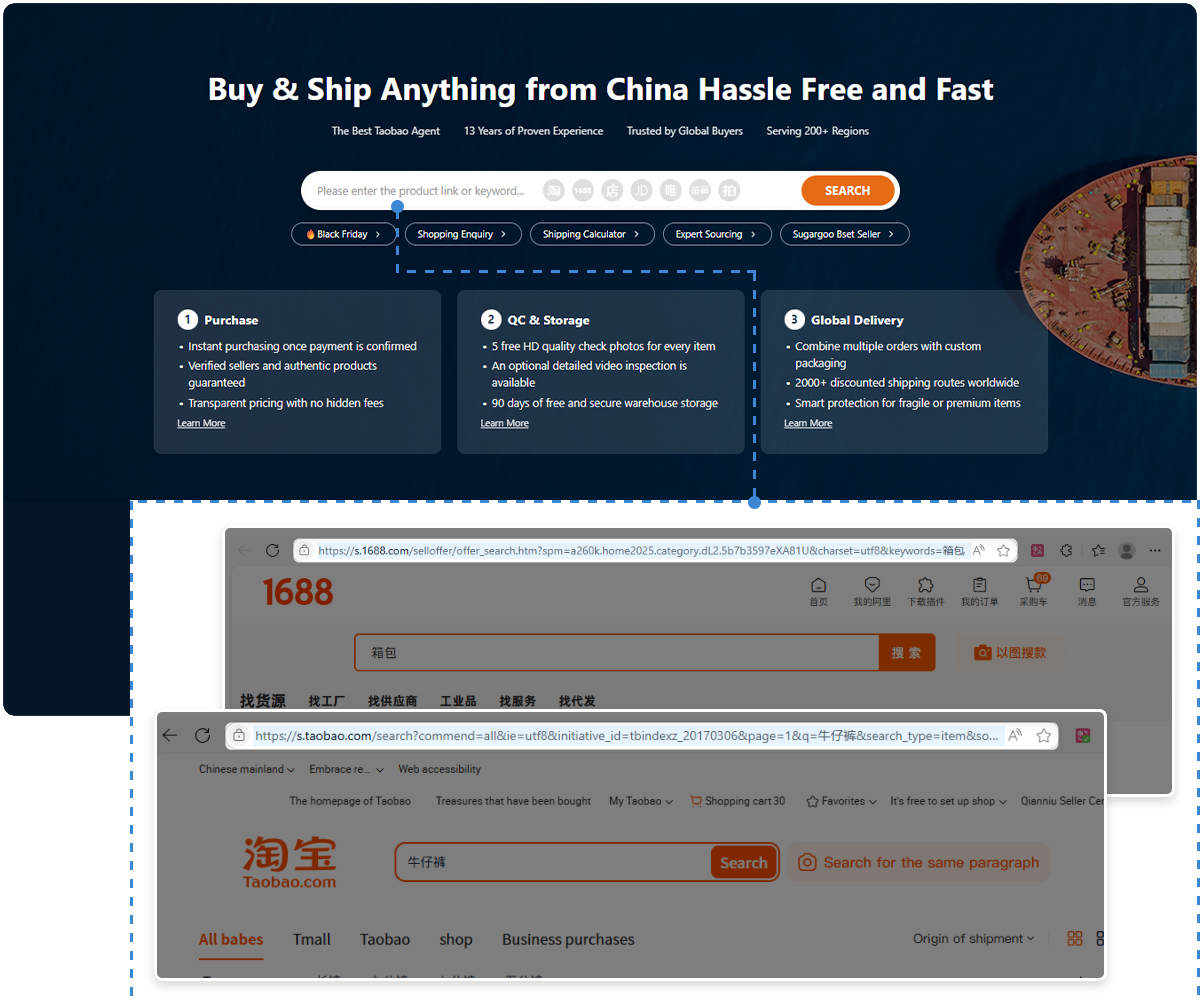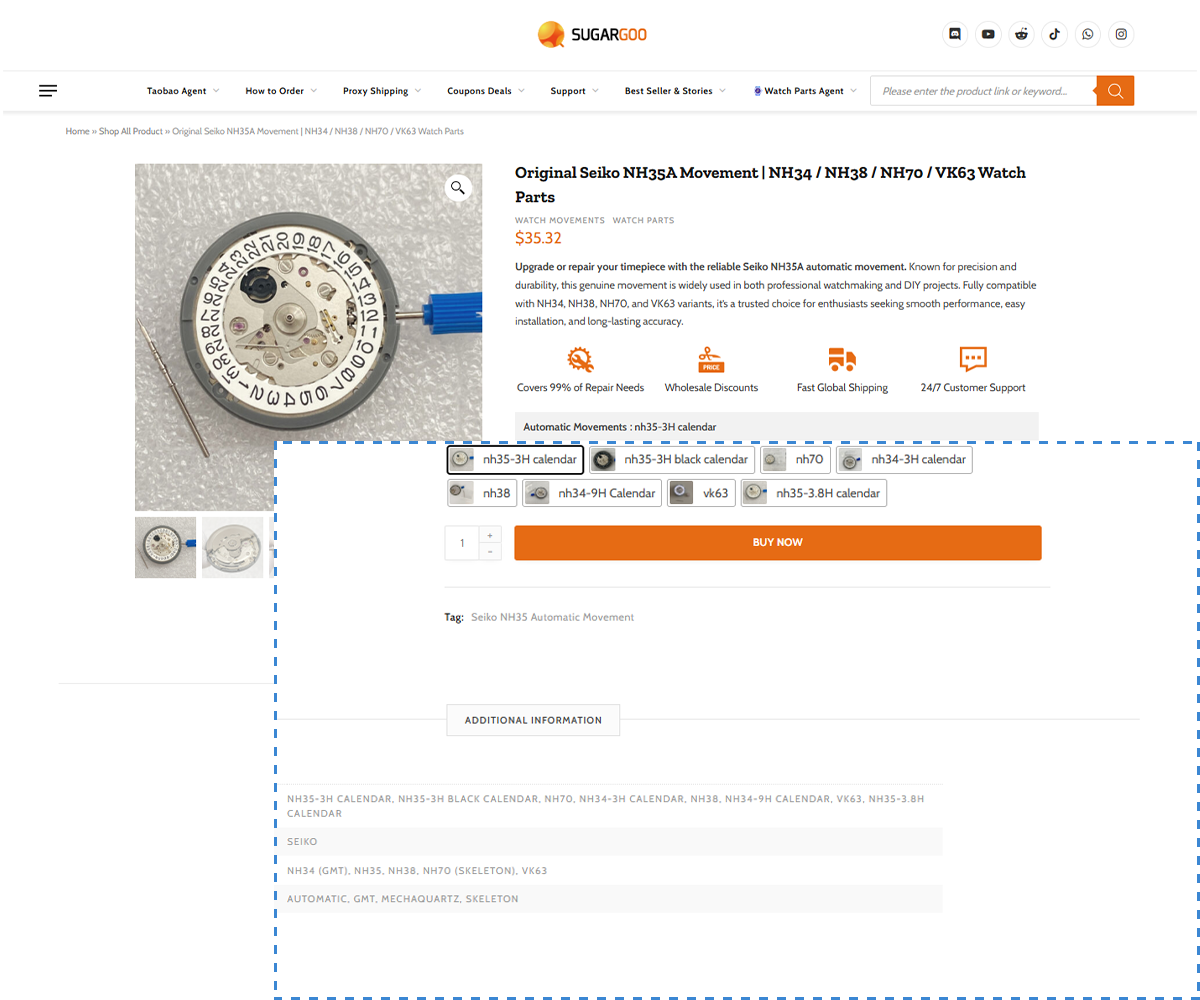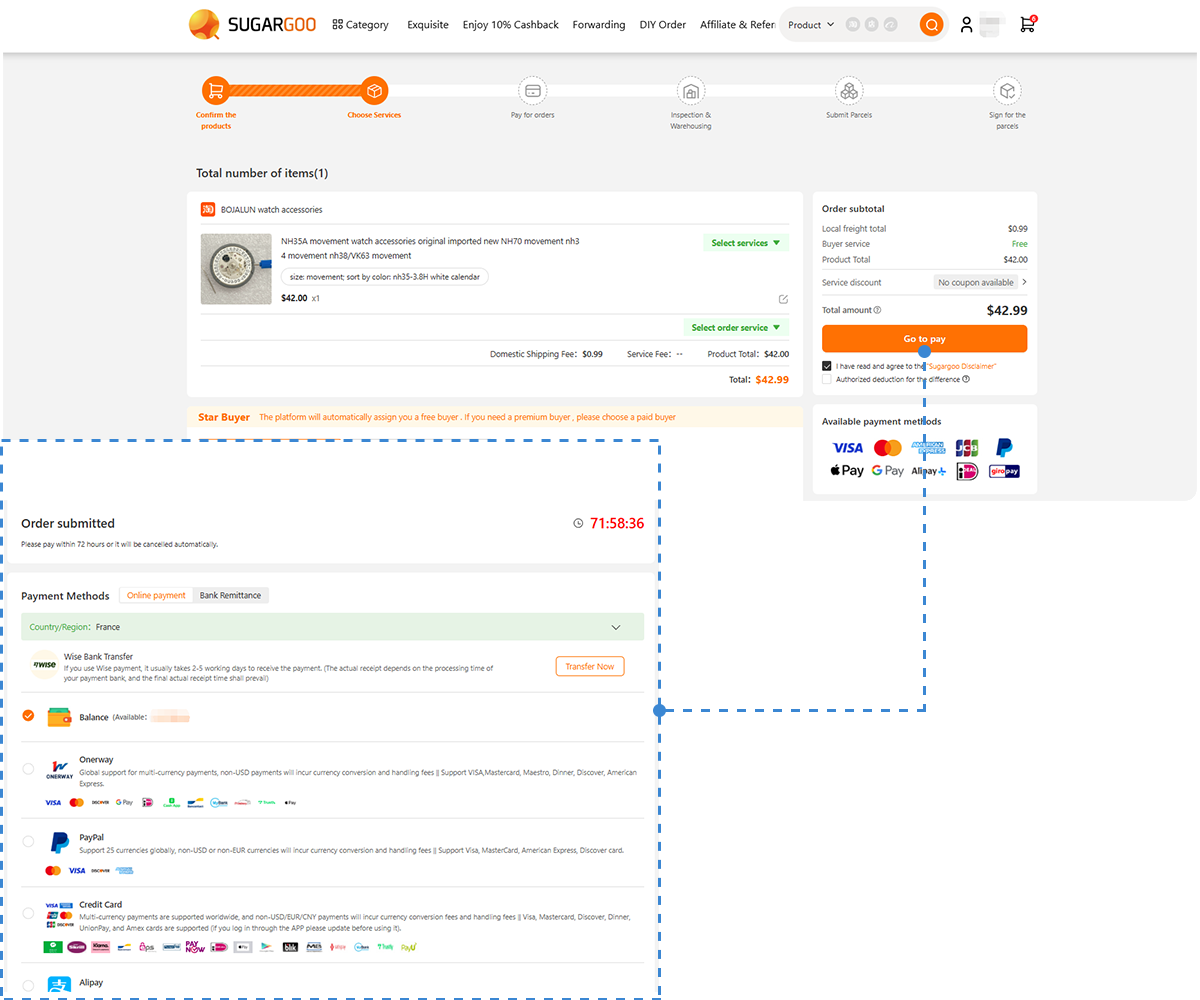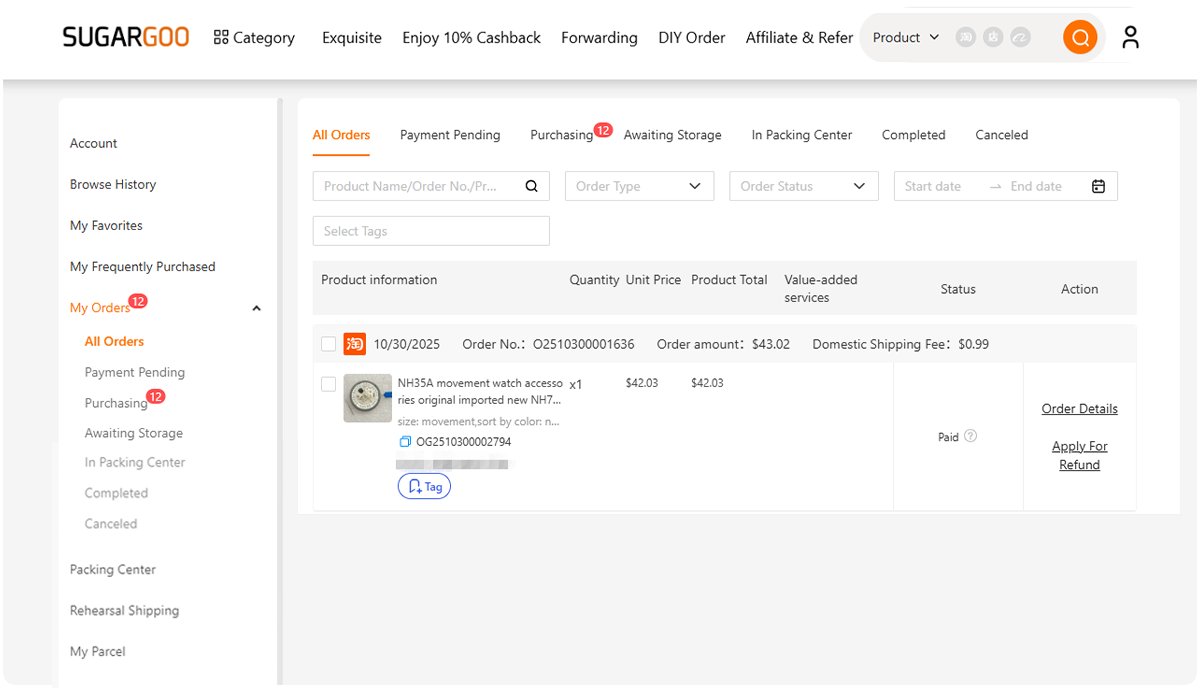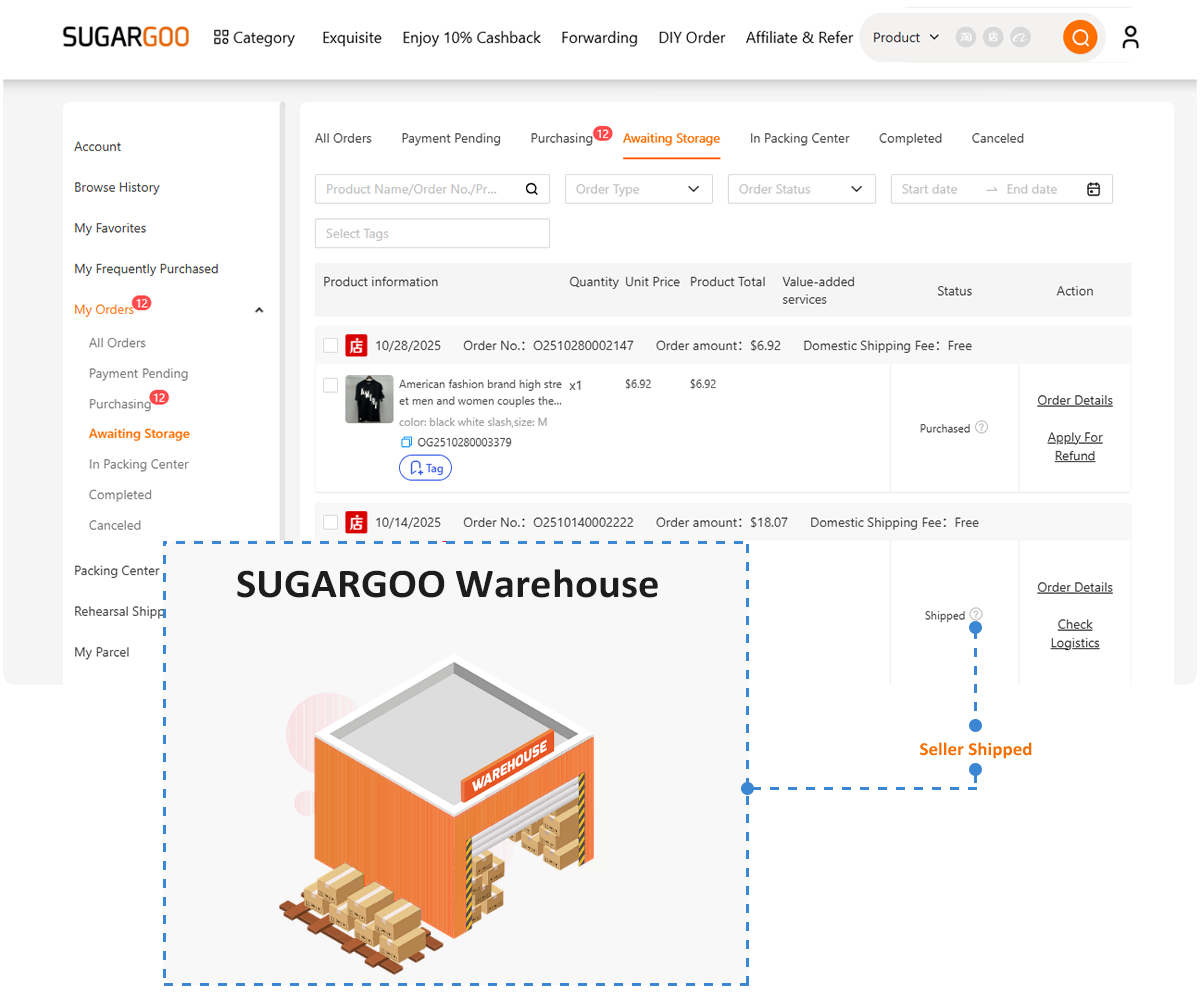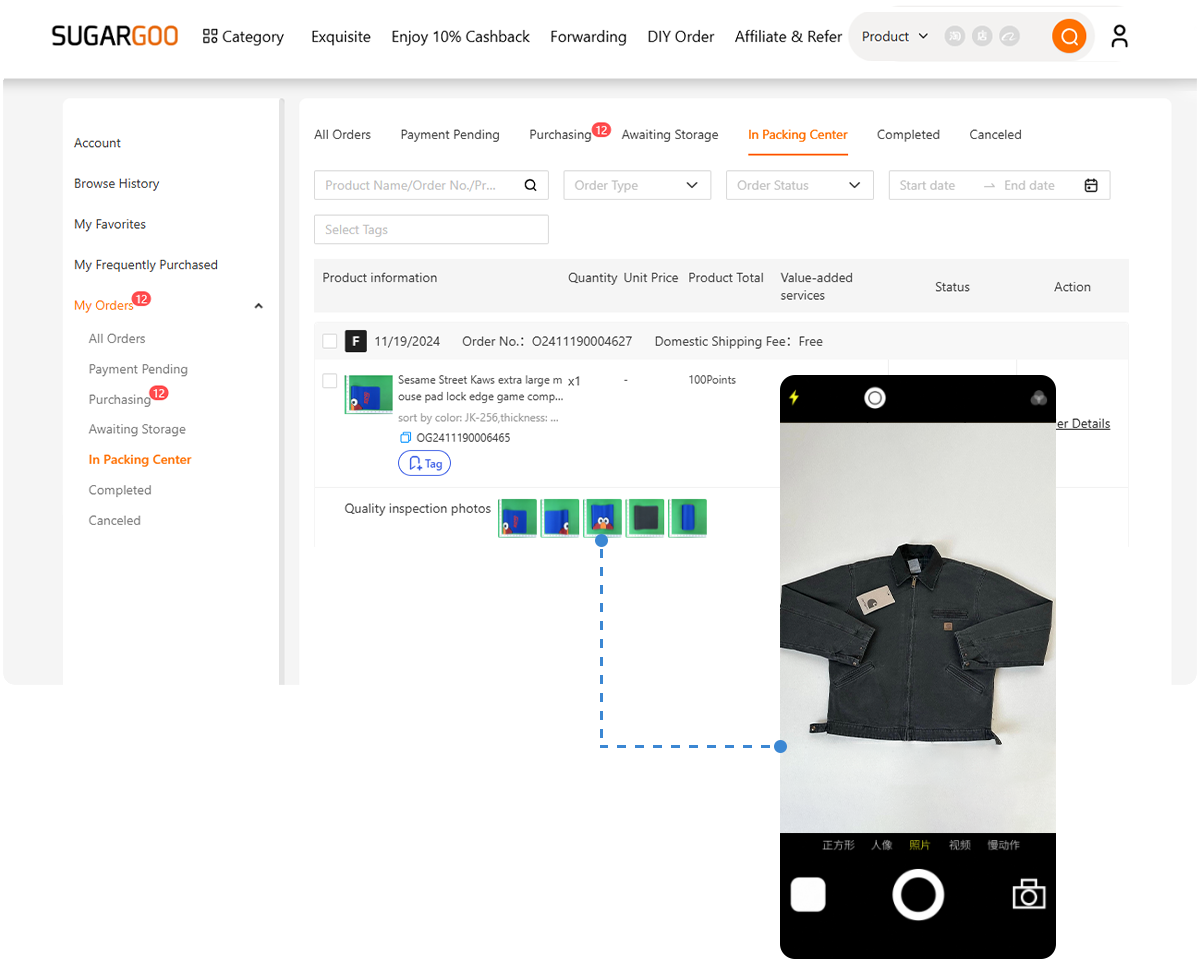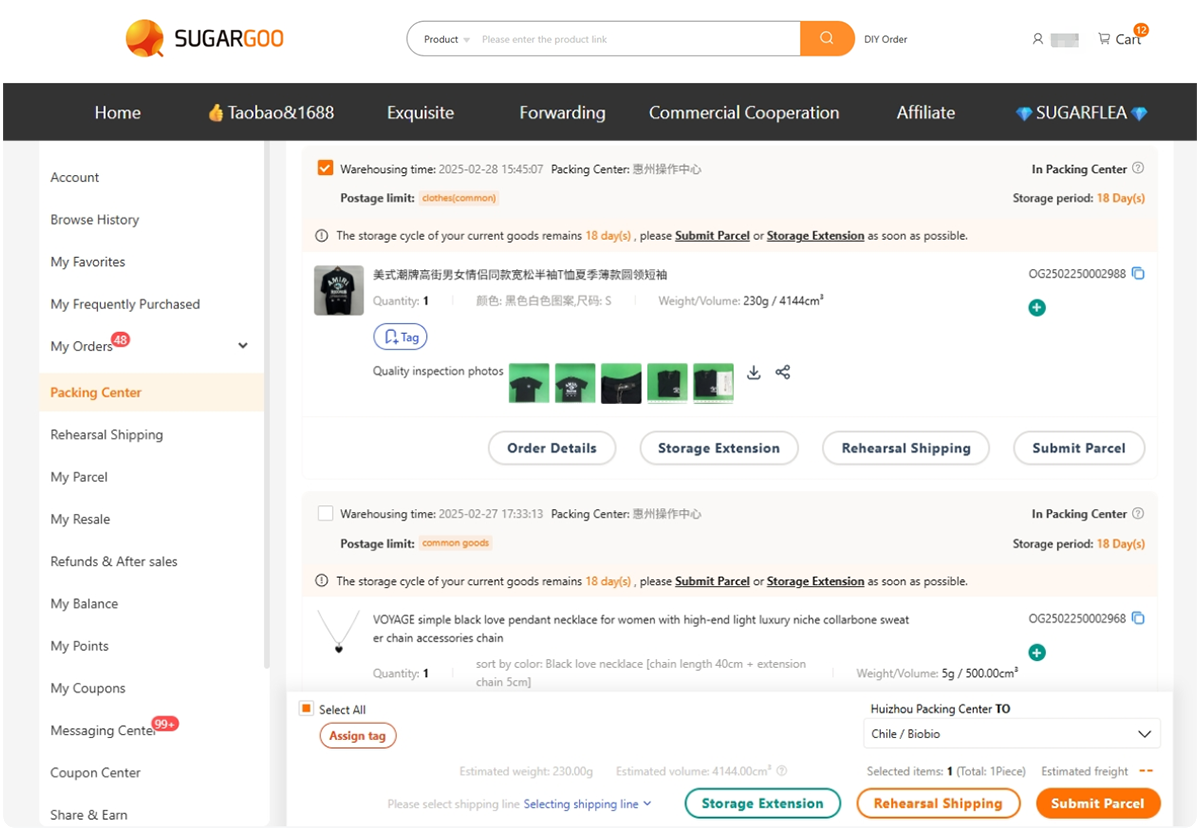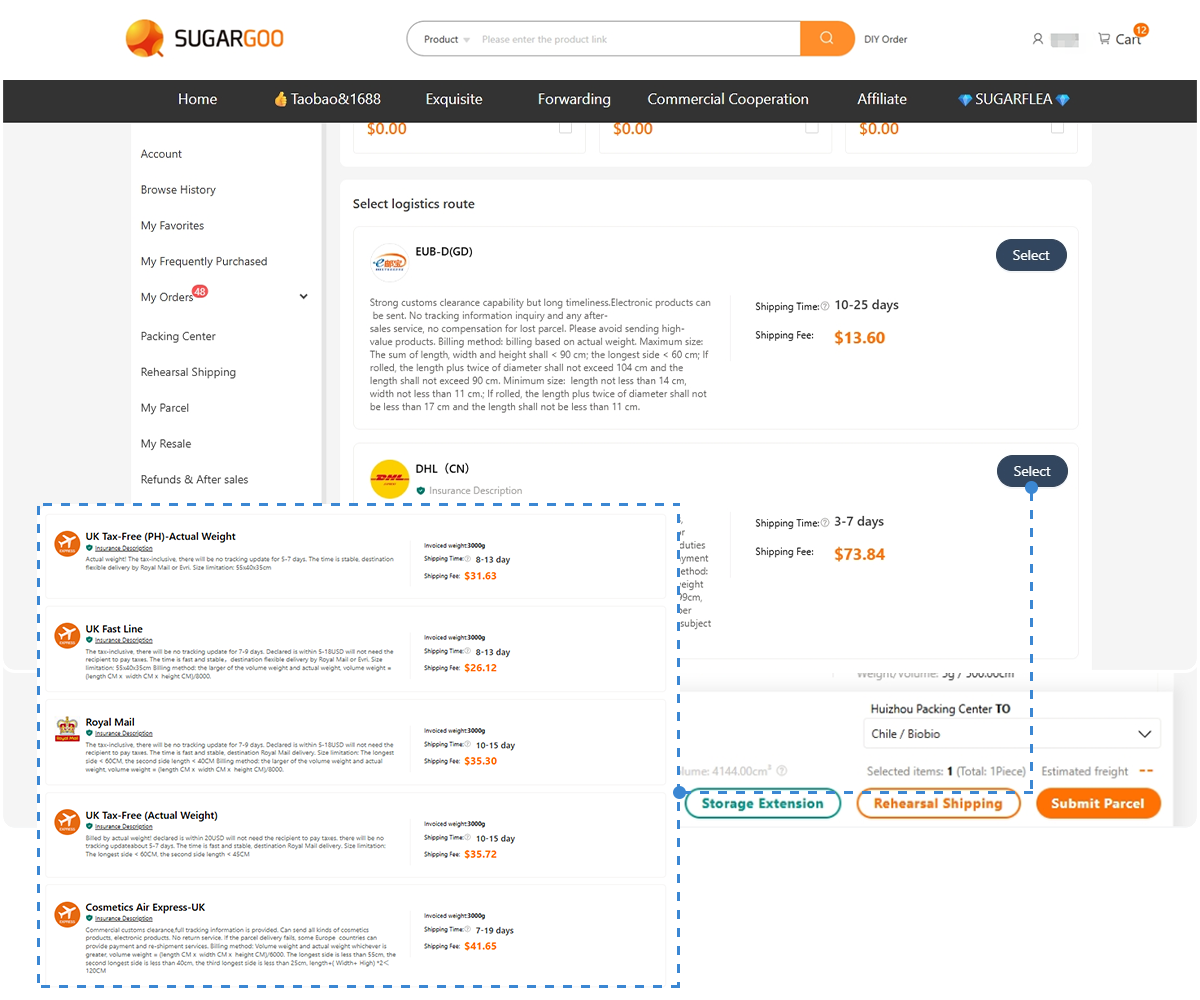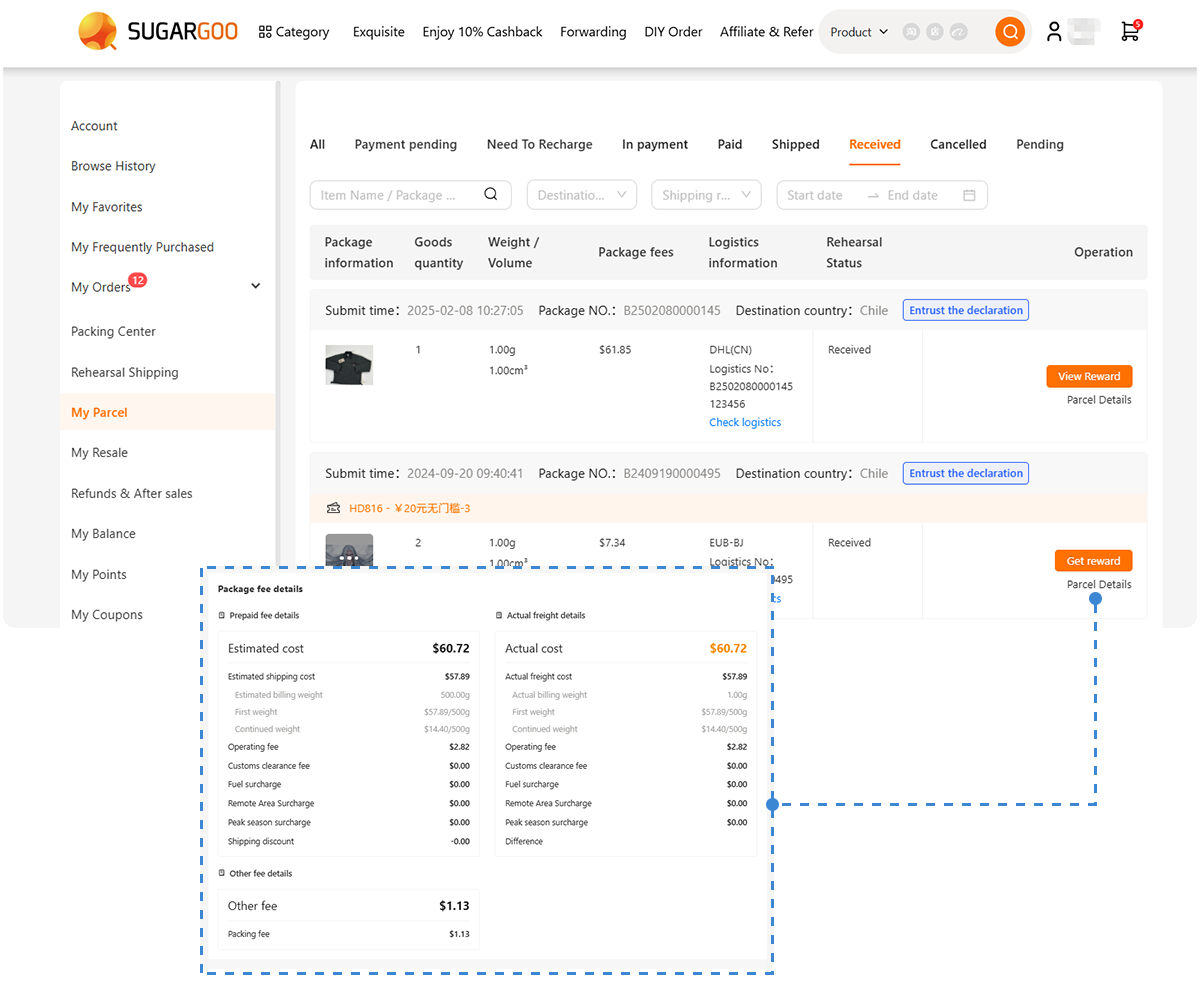Sometimes the truth about Swiss watchmaking isn’t hidden behind luxury—it’s ticking right beneath it.
For decades, ETA movements have powered the wrists of the world—quietly, efficiently, and almost invisibly. While most people see the brand on the dial—Tissot, Longines, Hamilton—modders and collectors see the truth: inside, there’s a small, precise engine called ETA.
Today, we’re sitting with three people who know it best.
Scene 1 – In the Workshop
Ethan wipes dust off a half-open ETA 2824 on his bench. Lara sketches a case design beside him, while Ryan scrolls through data on his laptop.
Ryan: Let’s start with the question that keeps popping up in every forum: Why do so many brands still use ETA movements, even after Sellita and Seiko took over the modding market?
Ethan: Because they’ve earned it. The ETA 2824, 2892, and Valjoux 7750 are like the Toyota engines of watchmaking—tested, serviceable, and built to run forever. They may not excite the marketing teams, but they keep watches running with near-perfect reliability.
Lara: And let’s be honest—designers love predictability. When you design around ETA, you know what you’re getting: consistent dimensions, crown stem height, dial feet positions… everything’s standardized. That means more focus on aesthetics, less worry about tolerance mismatches.
Scene 2 – The Heart of ETA: 2824, 2892, and 7750
Ethan: You could call these the “holy trinity” of ETA movements.
ETA 2824-2 — The workhorse. 25 jewels, 28,800 bph, date complication. Found in everything from Hamilton to Christopher Ward.
ETA 2892-A2 — The thin, elegant sibling. Used in Omega, Breitling, and IWC base calibers before they moved in-house.
Valjoux 7750 — The chronograph legend. Tough, loud, unbreakable.
Ryan: And the market still runs on them. Brands like Tissot, Mido, Certina, Hamilton, and even TAG Heuer (in older Calibre 5 models) rely on these ETA bases.
Even though some switched to “in-house” calibers, those calibers often started as ETA skeletons.
Lara: Exactly. Omega’s 2500 was a co-axial-modified ETA 2892. Even Tudor’s early automatics borrowed ETA 2824 before the MT movements came along.
It’s a reminder that “Swiss Made” often means “ETA inside.”
Scene 3 – ETA’s Engineering Philosophy
Ethan: What people underestimate about ETA is its manufacturing discipline. The 2824 is not complex—but it’s perfectly modular. You can strip it, replace parts, oil it, and reassemble it in an afternoon with the right watch repair tools.
You can even buy replacement wheels, screws, and balance bridges directly through platforms like Sugargoo’s watch movement section if you’re working on a rebuild or mod project.
Lara: That’s what makes ETA fascinating for modders too. Even though it’s Swiss, its simplicity attracts the same kind of enthusiasts who build Seiko NH35 custom watches. It’s robust, not delicate.
Scene 4 – Swiss Brands that Still Trust ETA
Ryan: Let’s look at some numbers. Here’s a quick breakdown of who still uses ETA today—either directly or through Swatch Group subsidiaries.
| Brand | Key Models | Movement Used | Notes |
|---|---|---|---|
| Tissot | PRX, Le Locle, Gentleman | ETA 2824-2 / Powermatic 80 | Modern evolution with 80-hour reserve |
| Hamilton | Khaki Field, Jazzmaster | ETA 2824-2 / H-10 | Often customized rotor & finish |
| Longines | HydroConquest, Spirit | ETA base L888 / A31.L11 | Modified escapement for higher power reserve |
| Certina | DS Action, DS-1 | Powermatic 80 | COSC-certified in higher-end models |
| Mido | Ocean Star, Commander | ETA C07.821 | Shared with Tissot and Hamilton |
| Rado | Captain Cook | ETA C07.611 | Reworked 2824 with Nivachron balance spring |
Ryan: Even TAG Heuer, before the Heuer 02, used ETA’s 7750 as their Calibre 16. So yes—ETA still powers half the Swiss market, even if the dials say otherwise.
Scene 5 – The DIY and Microbrand Shift
Lara: But here’s the twist: ETA’s dominance inspired competition. When Swatch restricted movement supply in 2010, independent builders looked elsewhere—Sellita SW200, Seiko NH35, Miyota 9015, and STP1-11 filled the gap.
Ethan: Yeah, and that’s when the microbrand scene exploded. With NH35 movements accessible through Sugargoo’s Taobao agent network, suddenly small brands could create reliable watches without begging Swiss distributors.
Still, even today, when a new microbrand chooses ETA, it’s a statement: “We’re playing in the Swiss league.”
Ryan: Exactly. ETA is like Leica glass or Gibson wood—it’s a symbol of tradition.
Scene 6 – ETA vs Sellita vs NH35
Ryan: So let’s break down the modern landscape: ETA, Sellita, Seiko NH35. Who really owns which segment?
| Segment | Winner | Why |
|---|---|---|
| Entry-level mechanical ($200–$600) | Seiko NH35 | Affordable, mod-friendly, high reliability |
| Mid-range microbrand ($600–$1200) | Sellita SW200/SW300 | Swiss quality, open availability |
| Heritage Swiss ($1200+) | ETA 2824/2892-based | Proven history, brand continuity |
Ethan: And the fun part is—they all share DNA. Sellita literally began as an ETA clone factory. The NH35 borrowed ideas from Swiss gear geometry. So in a way, ETA isn’t competing—it’s teaching.
Lara: That’s why modders who start with NH35 often graduate to ETA-based builds. They’ll source parts through Sugargoo’s custom parts page—case blanks, sapphire crystals, and crowns—and drop in a Swiss movement later.
It’s not a step up, it’s a step deeper.
Scene 7 – ETA in the Luxury Layer
Ryan: We can’t forget the upper tier. ETA’s 2892 and Valjoux 7750 are still the bones behind luxury icons.
IWC used 7750 as base for its 79320.
Omega reworked 2892 into the co-axial 2500 series.
Breitling adapted 2824 for its Caliber 17.
TAG Heuer’s Calibre 16 was literally a 7750 in disguise.
Ethan: Because if something works for 50 years, why change it? You can decorate the rotor, modify the escapement, but you don’t rebuild reliability.
Lara: That’s the invisible truth of Swiss luxury — inside every “exclusive” movement, you’ll often find ETA bones polished to perfection.
Scene 8 – ETA’s Philosophy: Industrial Elegance
Lara: When I look at ETA’s design language, I see minimalism, not arrogance. No gold bridges, no skeleton overkill — just purpose. Every part has intent.
Ethan: Right, and they understand tolerance better than anyone. Their bridges, plates, and gear trains feel overbuilt because they are. That’s why modders love tearing them down — it’s engineering you can trust.
Ryan: Which is exactly why brands trust ETA for mass production. It scales perfectly. From 100 units to 100,000, quality stays consistent.
And when you compare it to NH35 or NH36 Seiko movements, ETA still wins in precision. It’s not about price — it’s about predictability.
Scene 9 – Can You Mod ETA Movements?
Ethan: You can. It’s not as common, but it’s absolutely possible. Swap rotors, refinish bridges, even engrave custom decorations.
Lara: I’ve seen independent builders use ETA 2824 skeleton kits and fit them into custom watch cases sourced from Sugargoo’s suppliers. When paired with sapphire crystals and custom dials, they look like bespoke luxury pieces.
Ryan: So yeah — the same DIY movement that powers a $400 Hamilton can, with artistry, rival a $5,000 Swiss piece.
Scene 10 – ETA’s Legacy and the Next Generation
Ryan: Let’s end with this: do you think ETA will stay dominant another decade?
Ethan: Yes, because infrastructure matters more than innovation. They own the supply chain, the training programs, the patents, and the trust.
Lara: And the emotional connection. For a designer, an ETA is like clay that’s already balanced — you shape, not struggle.
Ryan: So, Seiko dominates the modding world; ETA dominates the manufacturing world. Different paths, same goal — make time accessible.
Scene 11 – Final Thoughts: Why ETA Still Matters
Even as new players rise, ETA remains the silent backbone of modern watchmaking. It represents the bridge between craftsmanship and mass production, heritage and modernity.
Whether it’s ticking inside a Tissot PRX or powering a custom build from a Sugargoo-sourced case, ETA proves something every modder and collector already knows:
The best movements don’t shout. They just keep going.
